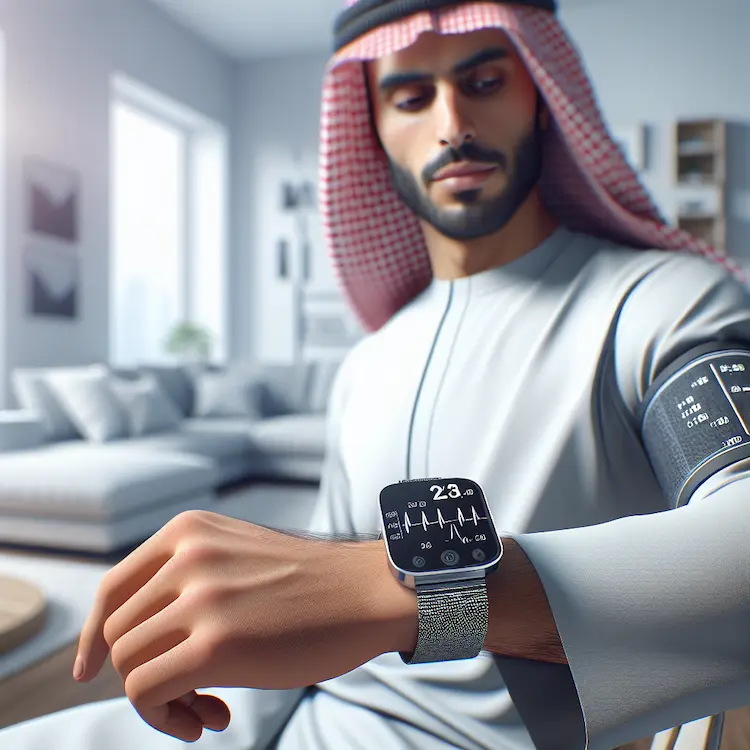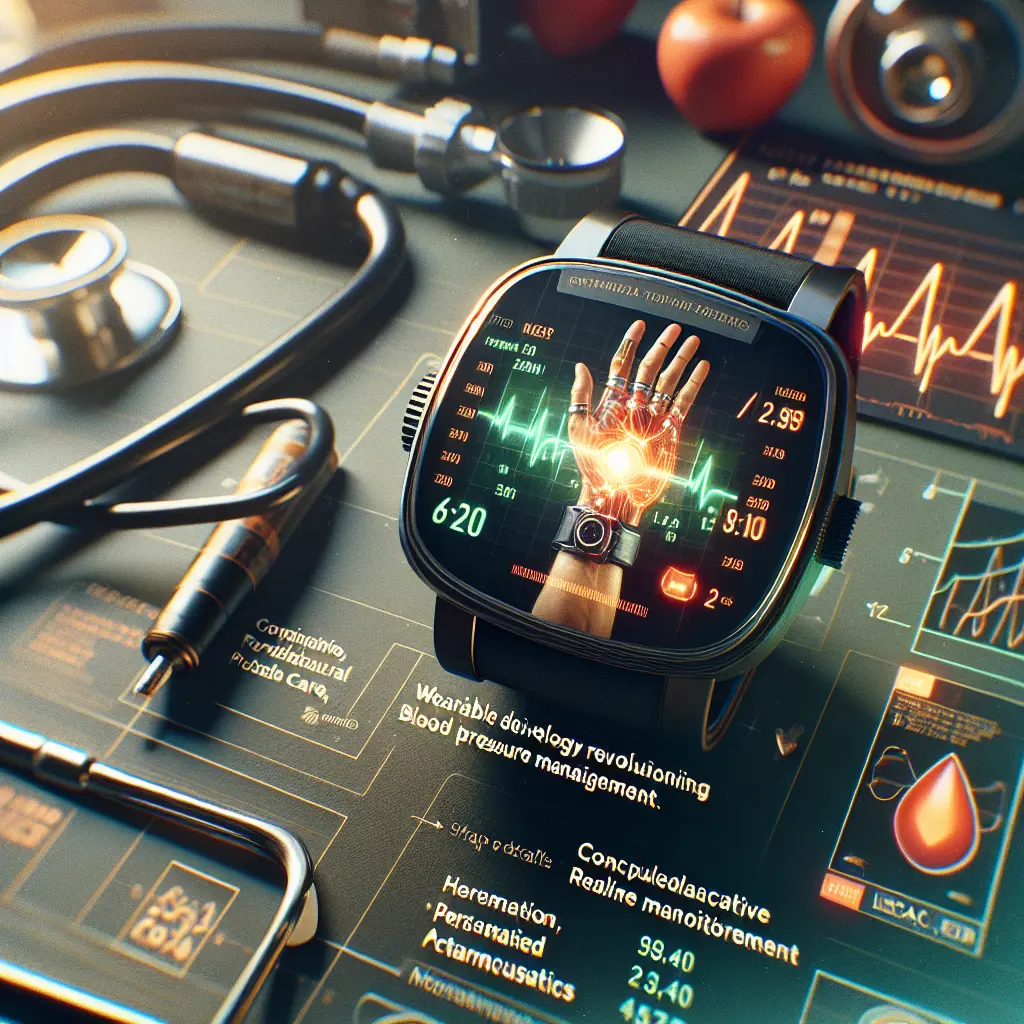In recent years, the intersection of wearable technology and healthcare has opened up new frontiers in managing chronic conditions, particularly hypertension. This article explores the transformative impact of wearable devices on blood pressure management, their potential to revolutionize patient care, and the challenges that lie ahead.
Hypertension, or high blood pressure, is a major global health concern affecting millions worldwide. Traditional methods of blood pressure monitoring, such as periodic clinic visits or home measurements, often provide limited snapshots of a patient’s condition. Wearable blood pressure monitors are changing this paradigm by offering continuous, real-time data collection.

Several types of wearable blood pressure monitors have emerged, each with its own strengths and limitations:
Wrist-worn monitors, such as the Omron HeartGuide, use oscillometric technology similar to traditional cuffs but in a compact, watch-like form factor. These devices have shown promising accuracy in both clinical and out-of-office settings.
Some devices utilize pulse transit time (PTT) or photoplethysmography (PPG) to estimate blood pressure without the need for cuff inflation. While convenient, these technologies often require frequent calibration and may be less accurate than cuff-based methods.
The integration of wearable blood pressure monitors into clinical practice is reshaping hypertension management in several ways:
Wearable devices enable the detection of conditions like masked hypertension and white coat hypertension, which can be missed by traditional office measurements.
The wealth of data provided by wearable monitors allows healthcare providers to tailor treatment plans to individual patients’ needs and lifestyle patterns.
By providing real-time feedback and insights, wearable devices empower patients to take an active role in managing their blood pressure.
Despite their potential, wearable blood pressure monitors face several challenges:
As technology advances, we can expect to see several developments in wearable blood pressure monitoring:
Artificial intelligence and machine learning algorithms are being incorporated into wearable devices to enhance data analysis, predict potential health issues, and provide personalized recommendations.
Ongoing research aims to develop more accurate and reliable sensors for cuff-less blood pressure measurement, potentially leading to even less obtrusive monitoring solutions.
The combination of wearable monitors and telemedicine platforms promises to revolutionize remote patient monitoring and care delivery.

If you’re considering using a wearable blood pressure monitor, keep these tips in mind:
Wearable blood pressure monitors represent a significant advancement in hypertension management, offering the potential for more comprehensive, personalized, and proactive care. While challenges remain, the continued evolution of these devices promises to transform our approach to cardiovascular health monitoring and management. As research progresses and technology improves, wearable blood pressure monitors are poised to become an integral part of modern healthcare, empowering patients and healthcare providers alike in the fight against hypertension.